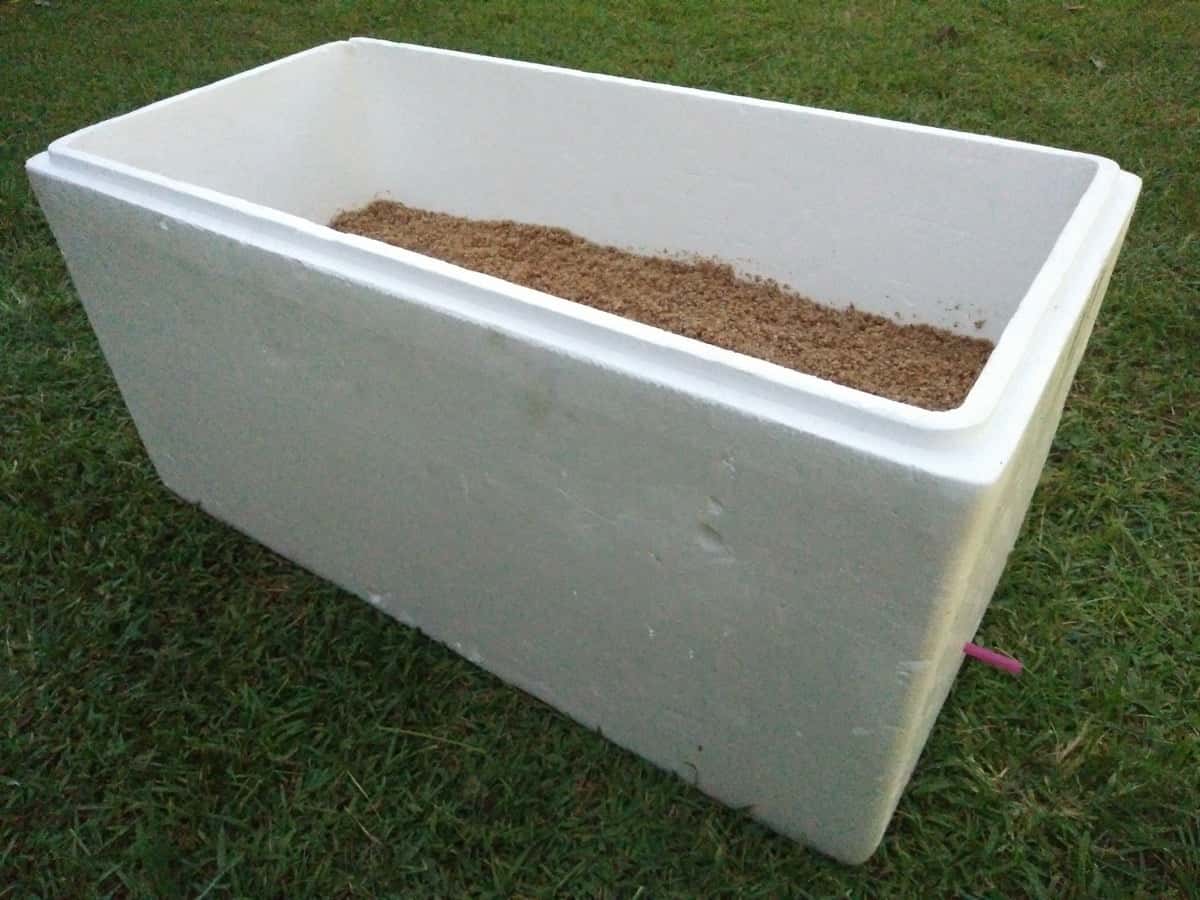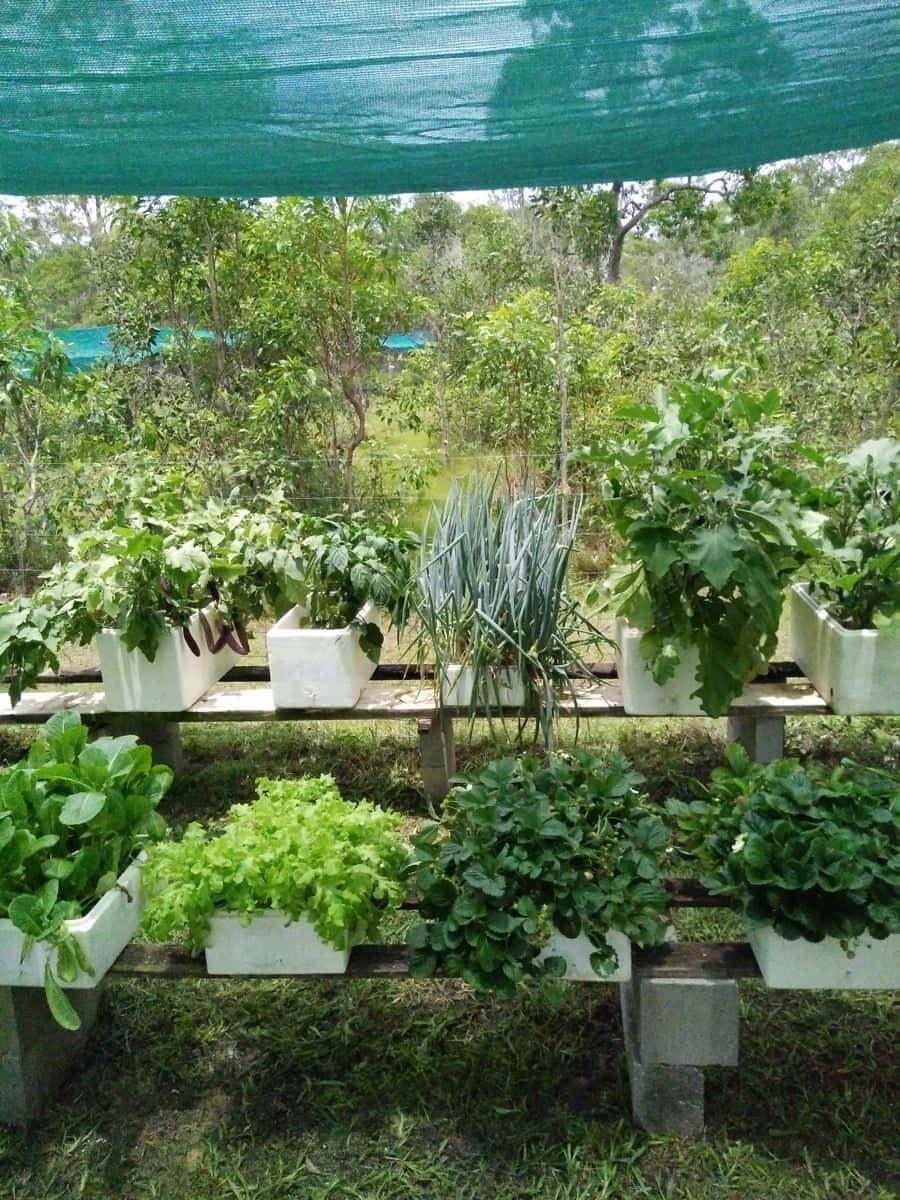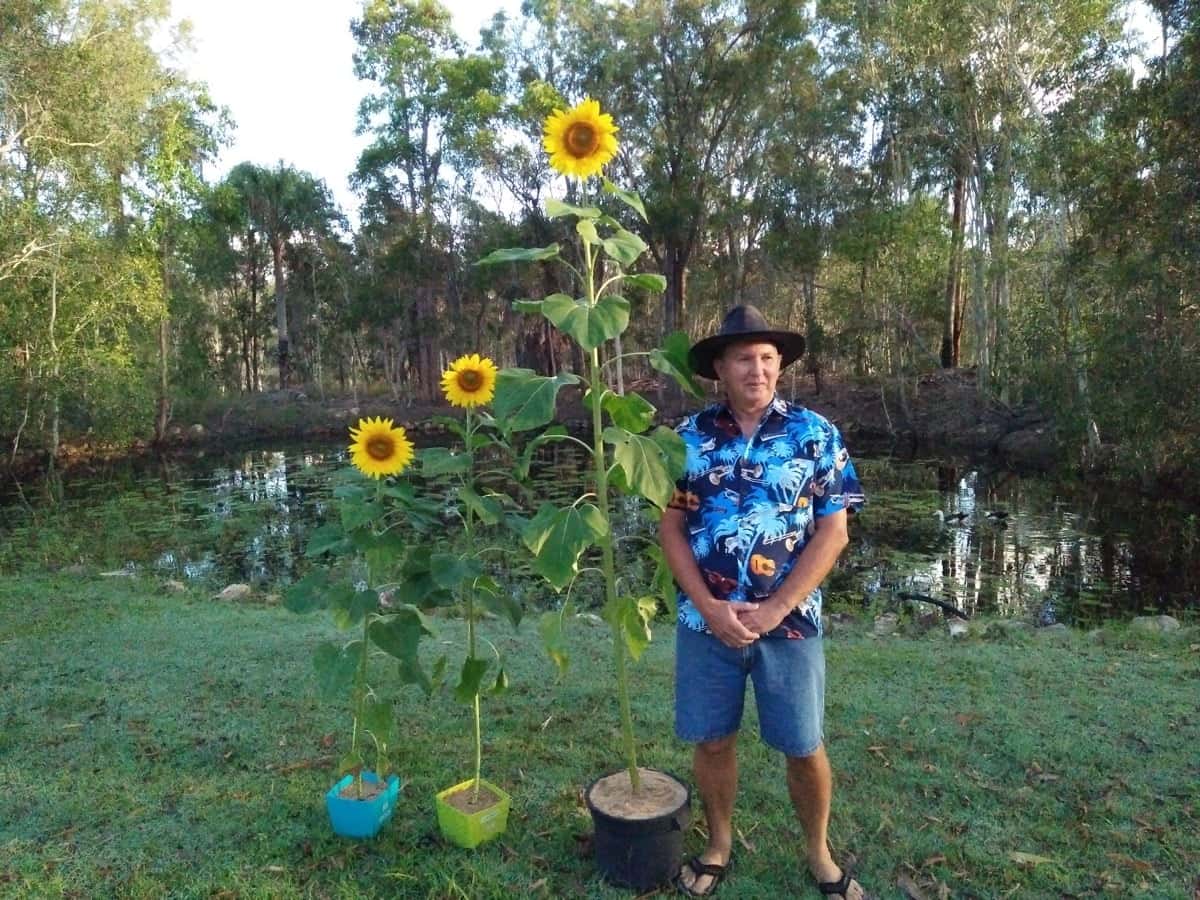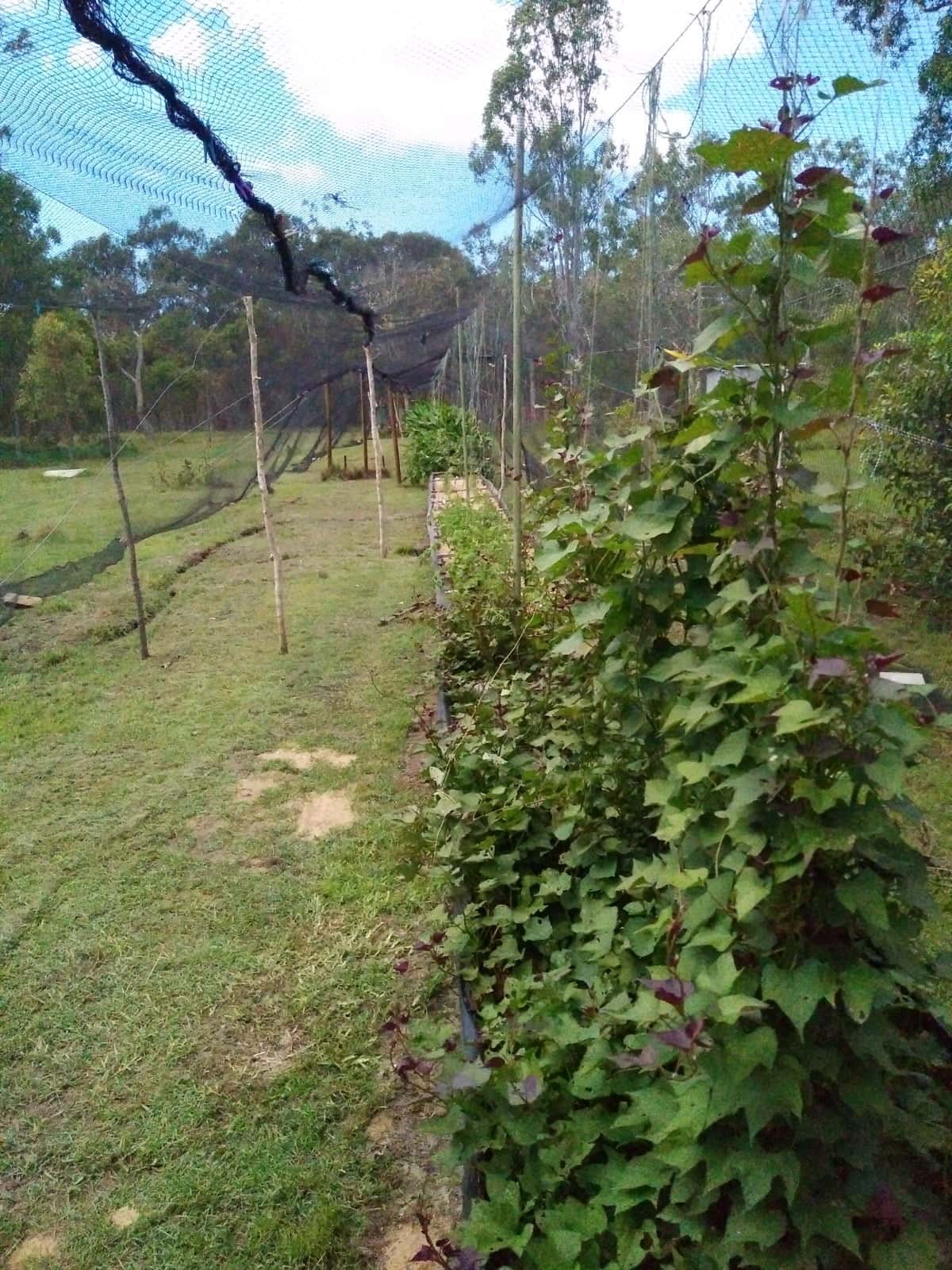WHEN GIVEN THE RIGHT NUTRIENTS, IDEAS GROW AND THRIVE
A few years ago, I was introduced to the concept of hydroponics for gardening by this ted talk about using computers to grow food. Being an IT geek, I loved the idea of combining tech with growing your own food. With DSGNK being focused on sustainability, I got to meet Mark Thomson through Ronny at DSGNK. Mark explained the idea about rich soils and the results of proper nutrients for the plants. This further grew my curiousness of fast healthy plant growth. But the hydroponic systems I read and saw online were large-scale systems with large amounts of tubes, pumps, tanks in large indoor sheds and buildings. I still wanted to explore it.
So I shared this idea with my father, Stephen, (an ex-high school biology teacher) as he was into surviving on your own and not being dependent on supermarkets for food. As long as I have been alive, he had grown vegetables from his own home large gardens. I remember exploring the massive gardens with all the types of vegetables he grew, watching them from seeds to being picked, so I was excited that he took to the hydroponic gardening idea like plants to hydroponic nutrient (really fast and effective).
Hydroponics is the growing of plants without using soil as a source of nutrients. There are many different types of hydroponic systems and it is very likely that the lettuces, cucumbers, shallots and other vegetables that you buy from your local supermarket are produced in a hydroponic farm.
When you add fresh compost to a garden, the plants are not able to use it until the bacteria in the soil breaks the compost down into very simple chemical molecules. These chemical molecules (nutrients) are then dissolved into the water within the soil. The plants are now able to absorb these nutrients through their roots and the plant grows. Plants cannot absorb solids.
After over a year of researching and testing, he came to the conclusion that to grow your own veggies in a hydroponic system at home was really easy and simple.
All it took was a styrofoam box (the ones that food shops threw out), some beach sand (or perlite) to ¾ full, a small straw for draining at the bottom and the nutrients in water. This is also known as simple sand culture hydroponics.

The next challenge was finding the right nutrient balance. Too much of one nutrient or not enough of the other made the plants out of sync and produced strange results, often making them sick (or purple). After some research from 3 different universities, he decided to make his own nutrient formula and well… I have eaten some of the most amazingly tasty tomatoes because of it (Store tomatoes got nothing on his large bright red cherry tomatoes).
I am always amazed that all a tomato plant will need for its entire life is just 3 tablespoons from each container plus water. That tomato plant would produce 5 kg to 10 kg of tomatoes from that small amount of nutrient (Depending on temperature and sunlight).
It wasn’t just tomatoes we grew.



He made it his mission to help others have the same feeling of amazement and satisfaction of growing their own gardens.
Lately, Stephen has been selling simple home garden setups and nutrients at the local markets where customers have come back existed that their plants are still alive (for the non-green thumbs), or that the plants have taken so well to the nutrients he formulated.
From a simple idea, and with the right nutrients, a whole business was grown.
To learn more about hydroponics or to contact Stephen directly, please visit his website (Website made by myself of course).
